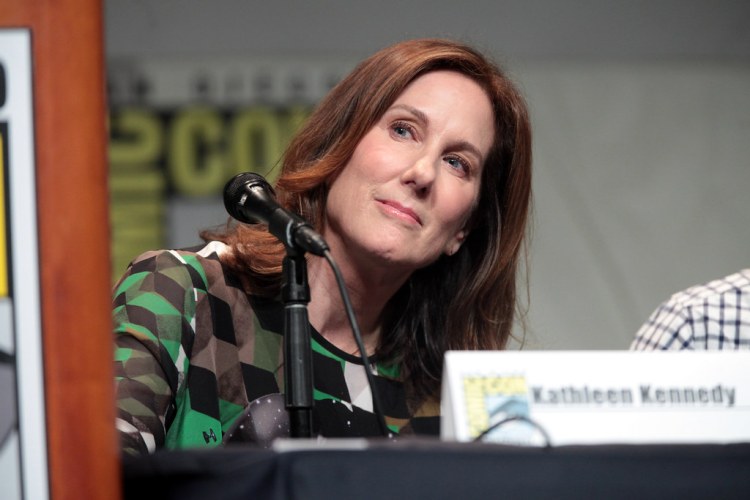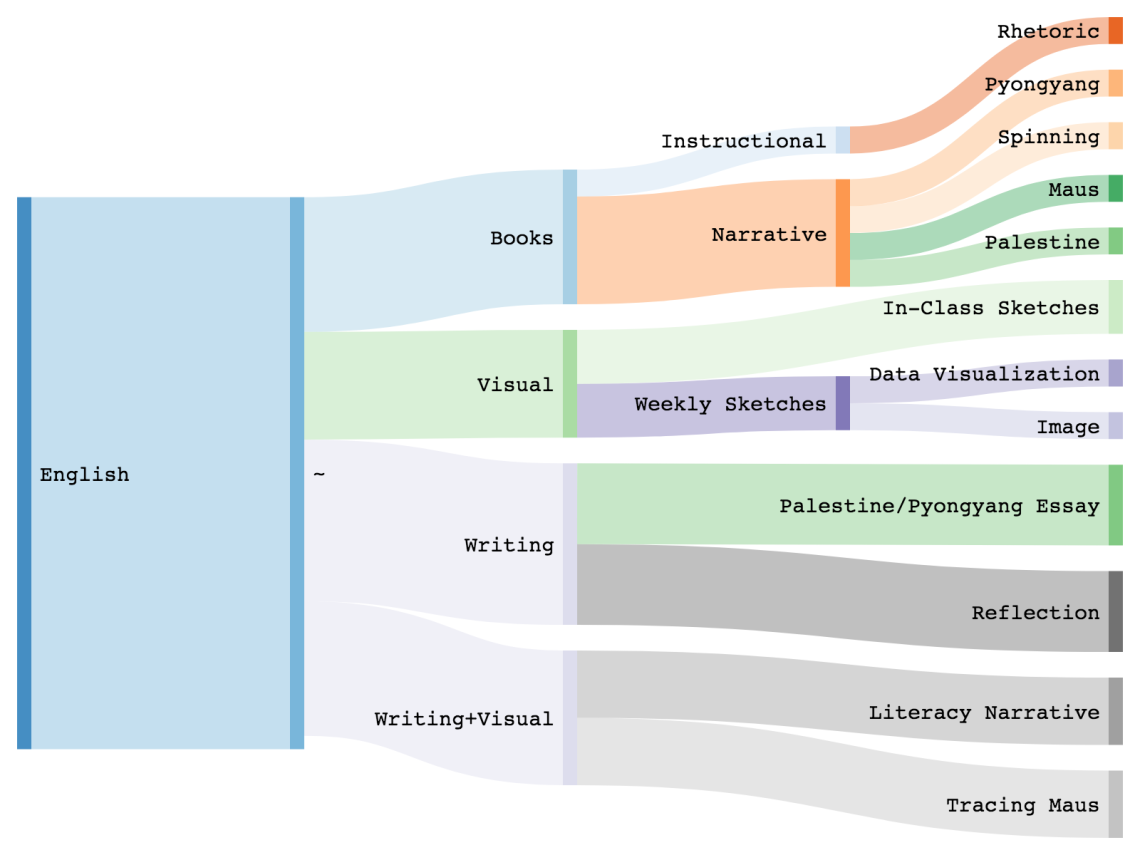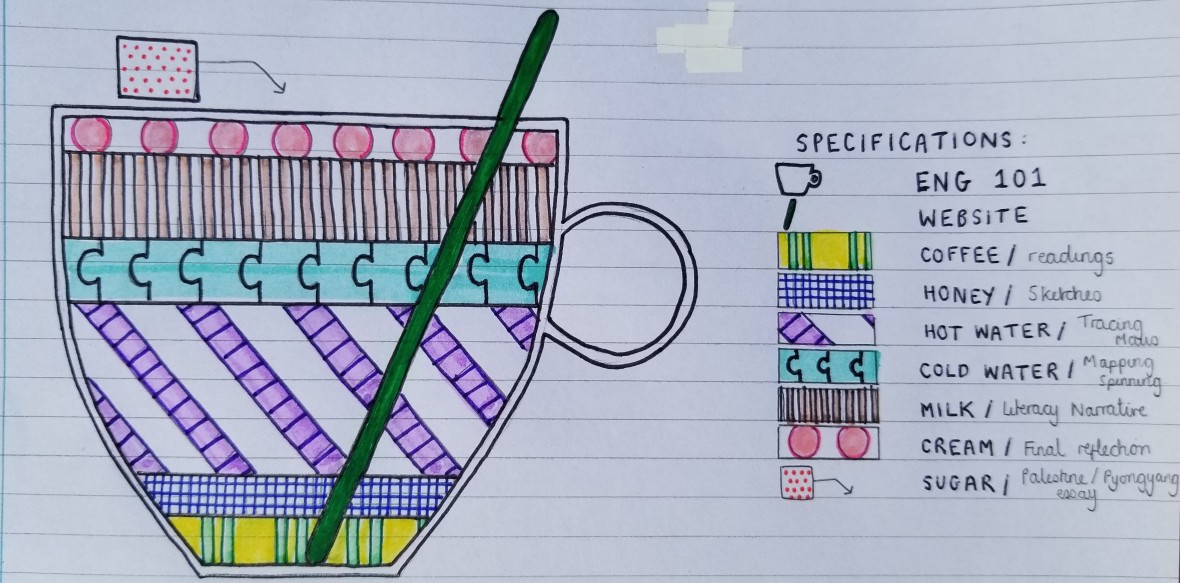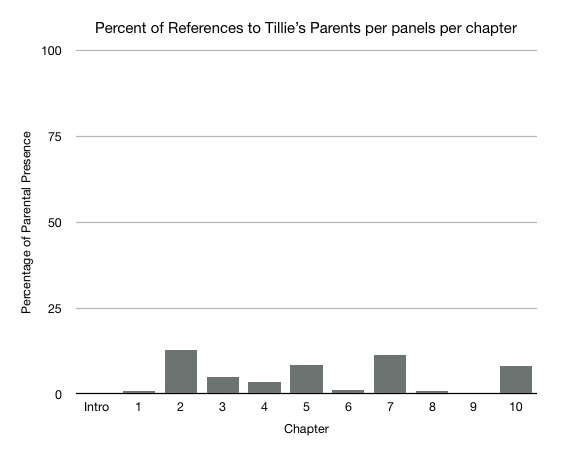
“Kathleen Kennedy” by Gage Skidmore is licensed under CC BY-SA 2.0
Some presidents succeed, some presidents fail, but the true measure of a president is how they deal with troubling times. That is unless you are female. This does not only apply to the role of POTUS but any real position of power. Kathleen Kennedy is one of the most powerful and successful producers in all of Hollywood. As the president of LucasFilm she gets blamed for all the failings of the new Star Wars films, and gets little glory from their successes. This is in contrast to her colleague, Kevin Feige, who is seen to be the perfect producer who can do no wrong.
Kevin Feige has been involved in the Marvel Cinematic Universe since the first X-Men movies. He is currently producing 10 confirmed films as well as countless Marvel TV shows for Disney+. However, given that Star Wars is currently struggling with fans, Bob Iger is desperate and wants Feige to do Kathleen Kennedy’s job.
Kennedy has produced dozens of classic sci-fi movies including E.T. (Spielberg, 1982) and Jurassic Park (Spielberg, 1994), but also Best Picture nominees like Lincoln (Spielberg, 2012) and The Curious Case of Benjamin Button (Fincher, 2008). She certainly has the credentials that prove that she can do the job, but why do so many fans blame her for the failure of Star Wars?
Most fans blame her simply because of her gender. Their main argument is that as a woman she simply does not care about the source material as a man. Not only is this claim only based on sexism, it is simply untrue. Unlike Kevin Feige, Kathleen Kennedy’s films are not adaptations of previous work. The new Star Wars trilogy pays homage to the original films constantly and respectfully. Rogue One (Edwards, 2016) is entirely based on a plothole from A New Hope (Lucas, 1977). In fact, Feige should be getting less credit for his success. After all Stan Lee was the one who established all the characters and storylines Feige gets to use.
Fans also feel that Kennedy is promoting a social agenda in the films. The most obvious evidence of this is the casting choices in the new trilogy. In this respect they are not completely wrong. Kennedy has definitely cast many diverse actors, yet the creative talent behind the camera remains white and mostly male. However, the solution to this was clearly not hiring 50 women at LucasFilm for no other reason than diversity. John Boyega, Kelly Marie Tran, and Diego Luna are considered to serve only as diversity castings for the new franchise rather than serve a purpose for their character. But that is exactly the point! The cast is diverse for the sole purpose of proving that not every being in an entire galaxy far far away is white and heterosexual. Nobody seems to complain about the diversity of alien races in the films, but will run to Twitter to harass the actors because they aren’t white.
The worst part about this discussion is that Kennedy has only failed at the box office once with the release of Solo (Howard, 2018). Kevin Feige has had similar returns with the Ant-Man films at the box office, and creatively with Thor: the Dark World (Taylor, 2013) and The Incredible Hulk (Leterrier, 2008). Yet Kennedy is blamed for the poor decisions made by Rian Johnson in The Last Jedi (2017) that completely disregarded J.J. Abrams’ storylines in Episode 7. This happened because she gave the filmmakers complete freedom to fulfill their vision. It worked with Abrams and Gareth Edwards, but failed with Johnson. If anybody is to blame about failed diversity and misunderstanding the source material it should be on Abrams and Johnson, not on the producer who trusted and gave them the freedom to do so.
It has gotten to the point where fan reactions of Kathleen Kennedy and Star Wars are so toxic that Bob Iger has decided to intervene. There have been many course corrections behind the scenes at LucasFilm already such as the quiet cancellation of Rian Johnson’s spinoff trilogy, the firing of Colin Trevorrow, as well as greenlighting the highly demanded Obi-Wan TV series. But most significant to this discussion is Kevin Feige producing a Star Wars film himself. The hope seems to be that Feige will be able to work his magic on Star Wars and improve fan perception. It is easy to find Bob Iger’s lack of faith in Kennedy disturbing and it is incredibly damning to see Iger fail to trust her instincts simply due to fan reactions. George Lucas gave us a new hope at diversifying Hollywood when he appointed Kennedy as president. Let’s hope we see the return of the truly powerful Kathleen Kennedy in cinemas this winter.







